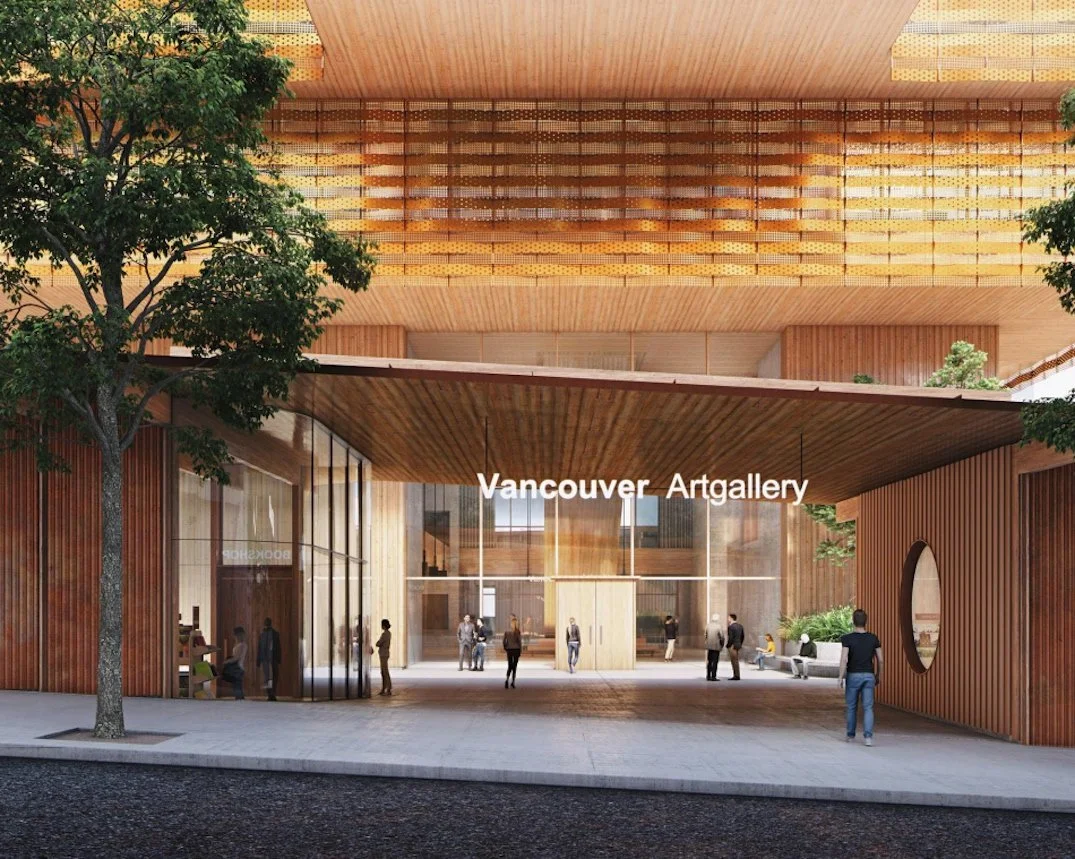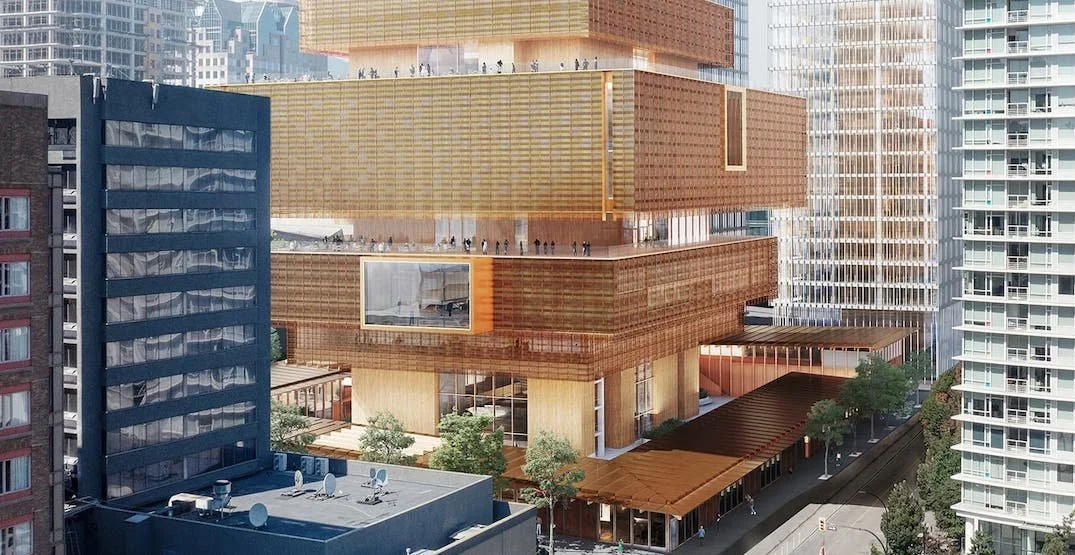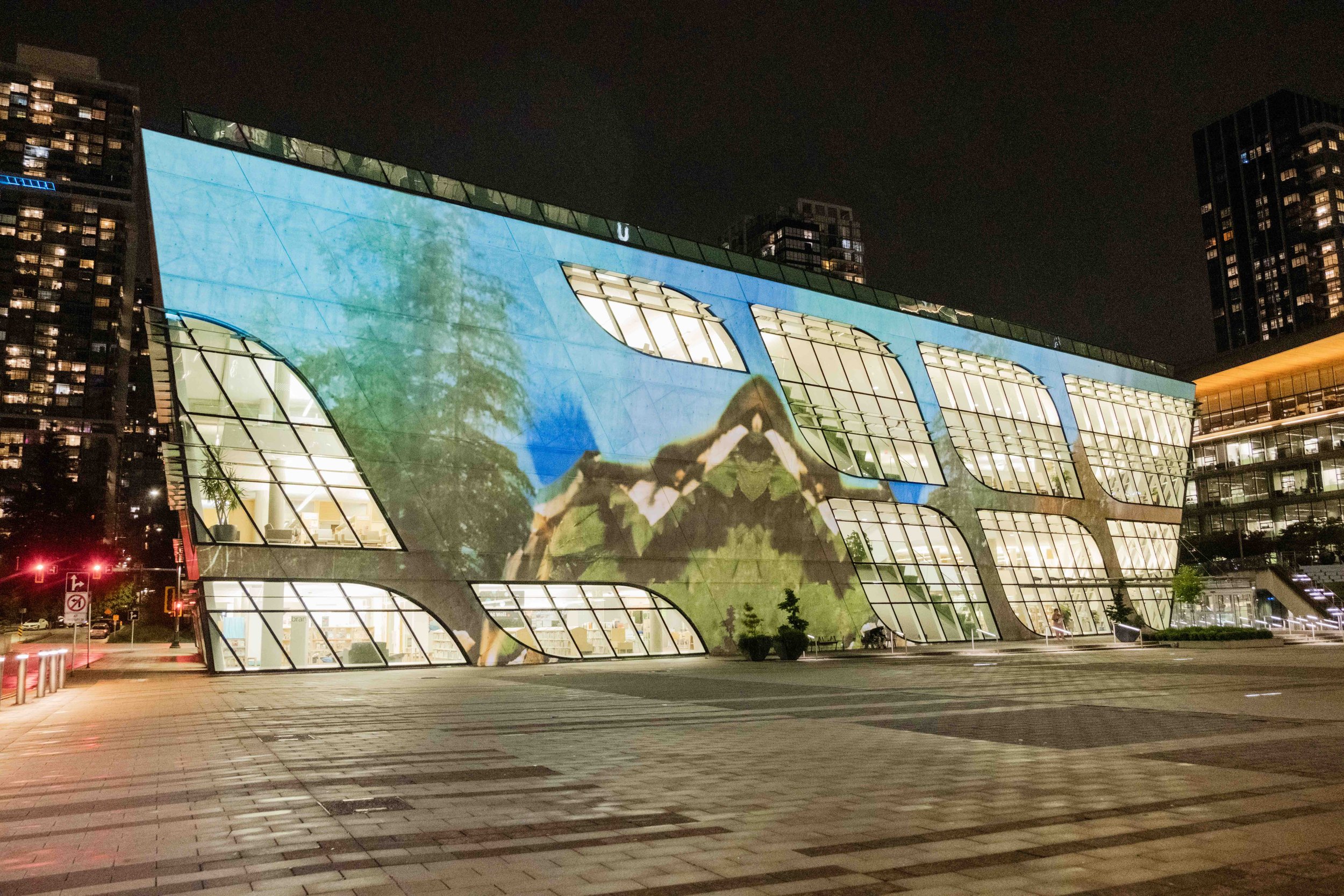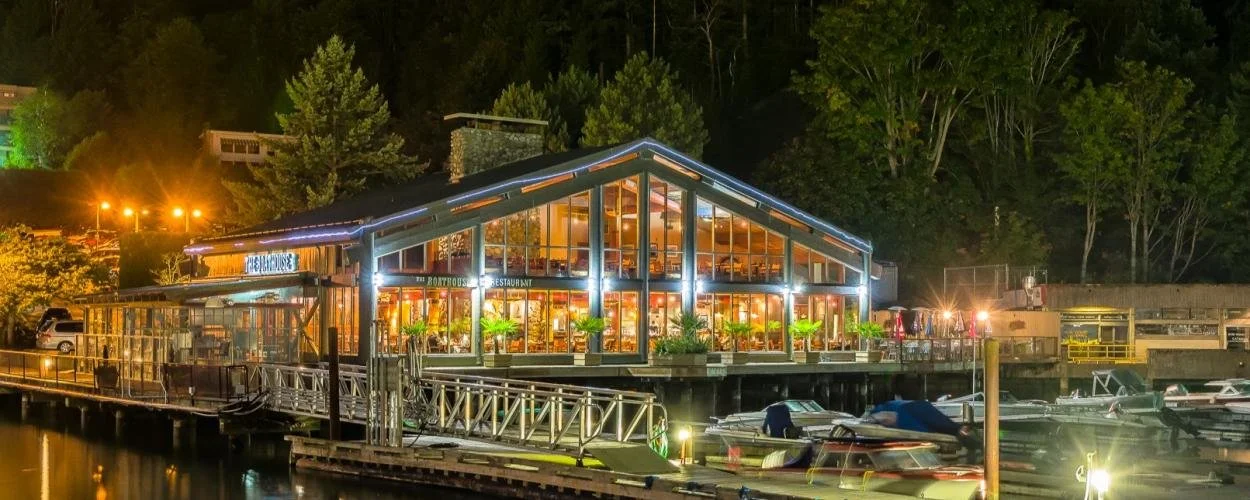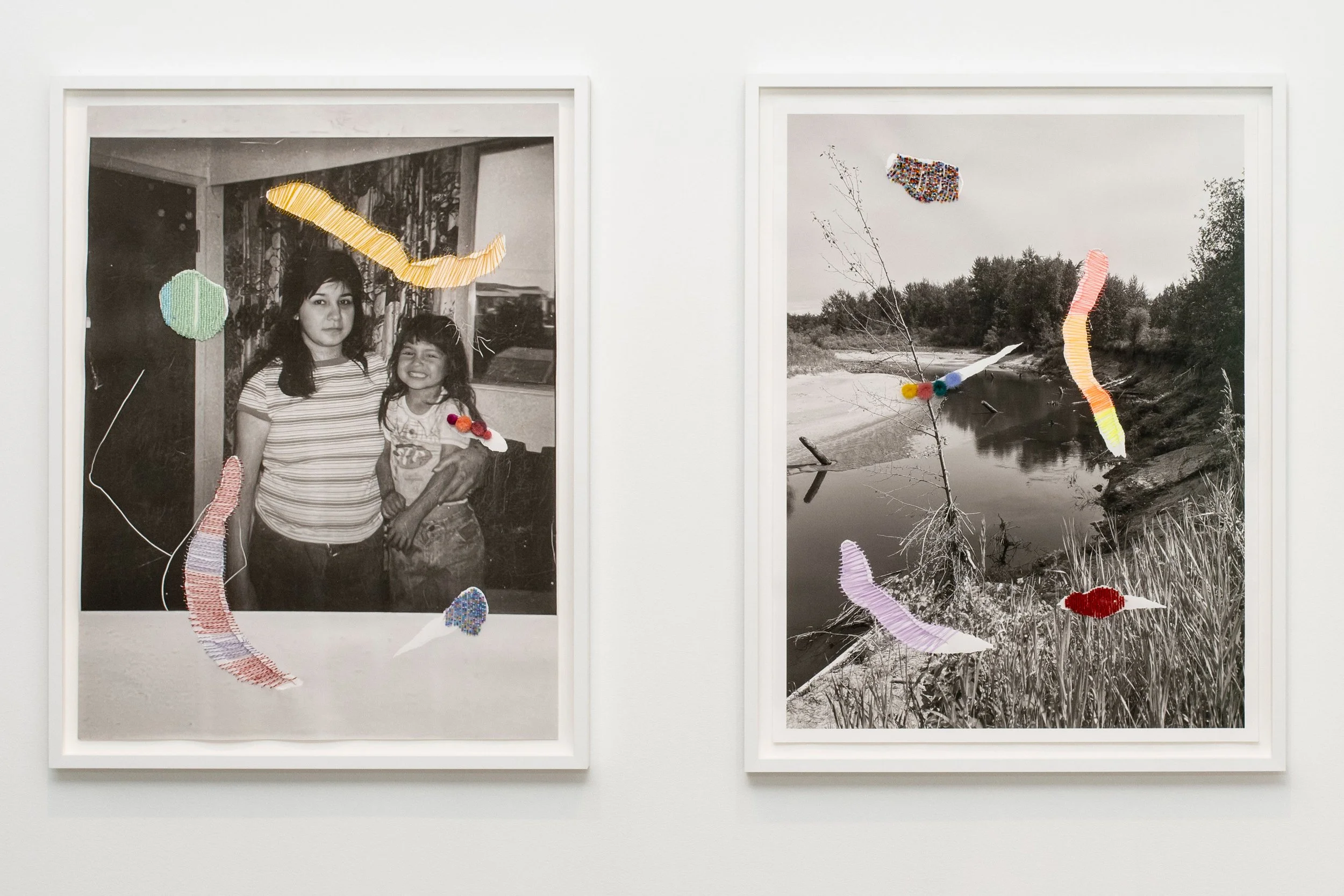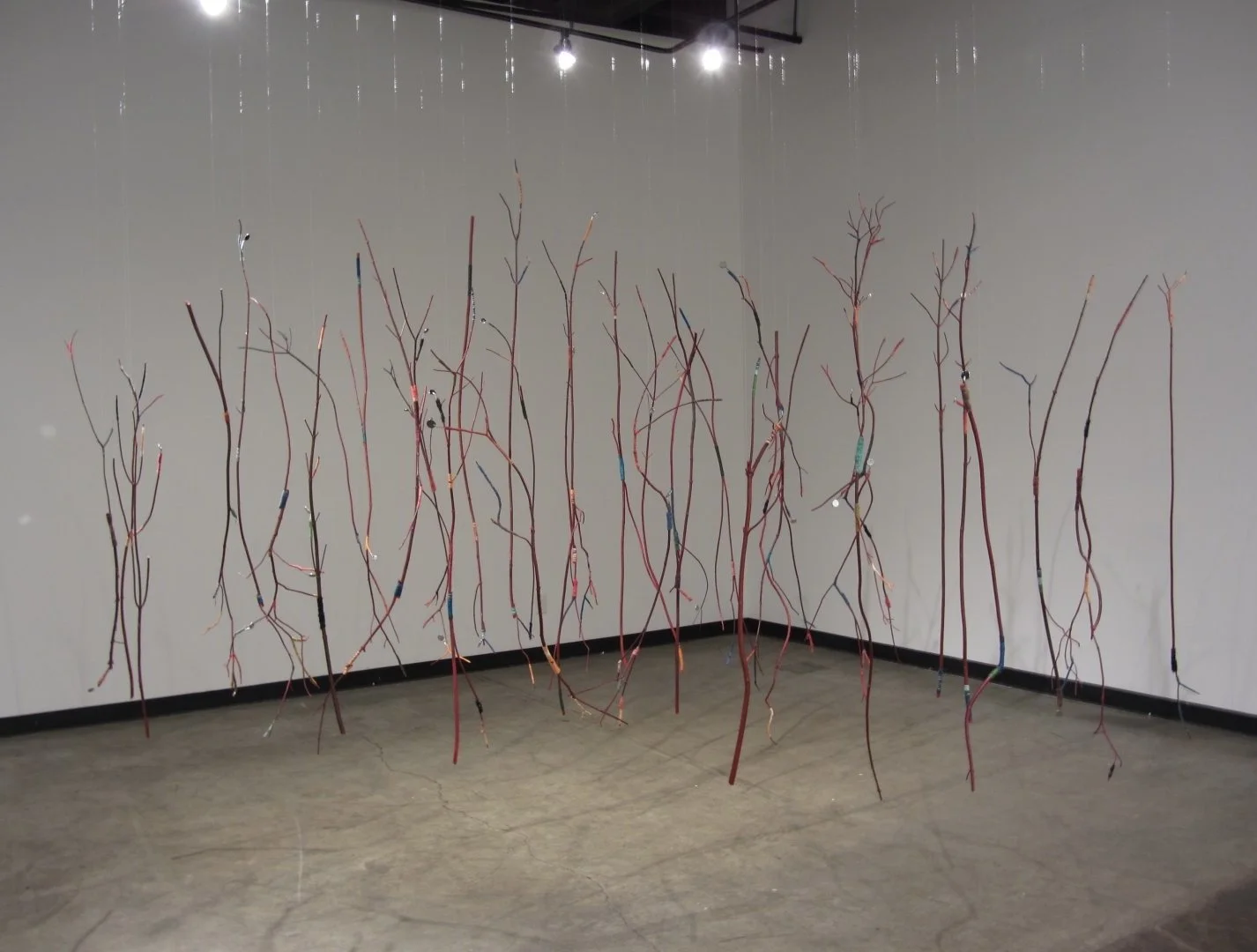Vancouver Art Gallery abandons design for new building, severing relationship with Swiss architectural firm
Amid surging construction costs, CEO and executive director Anthony Kiendl has announced the VAG is now exploring new options
One of Herzog & de Meuron’s renderings of the planned new building.
DUE TO SURGING costs, the Vancouver Art Gallery has had to scrap the years-long design plans for its new landmark at West Georgia and Cambie Streets. However, it says a new building is still in the works.
The gallery has confirmed it has severed its relationship with the Swiss architecture firm Herzog & de Meuron that had put forward the striking design with the woven-copper cladding. Preliminary construction had already begun, with ground broken at the site in September 2023.
In a statement today, Anthony Kiendl, CEO and executive director at the VAG, reaffirmed the gallery board’s commitment to building a new facility—just not the copper-clad, stacked-block highrise design that’s been talked about for a decade. It will have to start from scratch again.
“Our goal is to create a building that embodies a diverse and inclusive artistic vision while ensuring financial sustainability within a fixed budget,” he said. “We recognize that inflation has put tremendous pressure on our plans, as it has done with many capital projects following the pandemic. It has become clear that we require a new way forward to meet both our artistic mission and vision and our practical needs.
“Together, we will create the outstanding and innovative art museum that we know Vancouver deserves,” he added. “Over the coming months, we will schedule a series of opportunities at the Gallery to share more about the next phase of the project and discuss it with our Members and communities.”
The VAG had raised $340 million of its $400-million goal, with the building’s estimated completion set for 2028. But prices have increased significantly since then: it was revealed in August that the cost for the new building had increased by 50 per cent, from $400 million to $600 million.
In a press release at that time, the VAG seemed to hint at reconsidering the building as a joint project with other arts organizations. It said then that it had a “revised capital project timeline in order to address rising costs through changes to the building design, while simultaneously looking for opportunities to create a multi-faceted cultural hub for the Province of British Columbia and Canada”.
Amid the money the VAG had secured to date, in 2021, the Audain Foundation made a record-breaking $100-million donation to the VAG for its new 330,000-square-foot facility from Herzog & de Meuron. In 2022, the federal government injected $29.3 million into the new building, with $25 million coming from Infrastructure Canada’s green and inclusive community buildings program, in recognition of the fact that the planned gallery would be the first of its kind built to Passive House standards in North America. The other $4.3 million came from the Department of Canadian Heritage.
In 2019, the VAG received a $40-million donation from the Burrard Group’s Chan family, and the building that was to house the Vancouver Art Gallery was to be named the Chan Centre for Visual Arts. Another $50 million has been raised from individual donors. The City of Vancouver donated the land for the site, valued at $100 million.
The design had evolved over the years to encompass exterior copper cladding that was woven in reference to traditional Indigenous blankets from this region. Prior to that, Herzog & de Meuron had proposed a much-debated all-wood exterior.
The VAG has long been in need of more space than it has in the former court building of its current site. The design that was just let go would have doubled the gallery’s exhibition space, giving more room to display art that defines B.C. and Canada. It would have incorporated more than 80,000 square feet of exhibition space, half dedicated to the gallery’s permanent collection. The new design had also encompassed two free-access galleries and a physical home for the Institute of Asian Art, including South Asian and Central Asian works. The outdoor space included a 40,000-square-foot courtyard.
Crucially, it provided visible and safe storage for more than 12,000 works of art in the permanent collection, including major Canadian artists such as Emily Carr.
A different kind of purpose-built structure still seems to be in the plans. “Our goal is to create a building that embodies a diverse and inclusive artistic vision while ensuring financial sustainability within a fixed budget,” Kiendl added today. “We recognize that inflation has put tremendous pressure on our plans, as it has done with many capital projects following the pandemic. It has become clear that we require a new way forward to meet both our artistic mission and vision and our practical needs....Together, we will create the outstanding and innovative art museum that we know Vancouver deserves.” ![]()
Herzog & de Meuron’s exterior featured elaborate woven copper.


